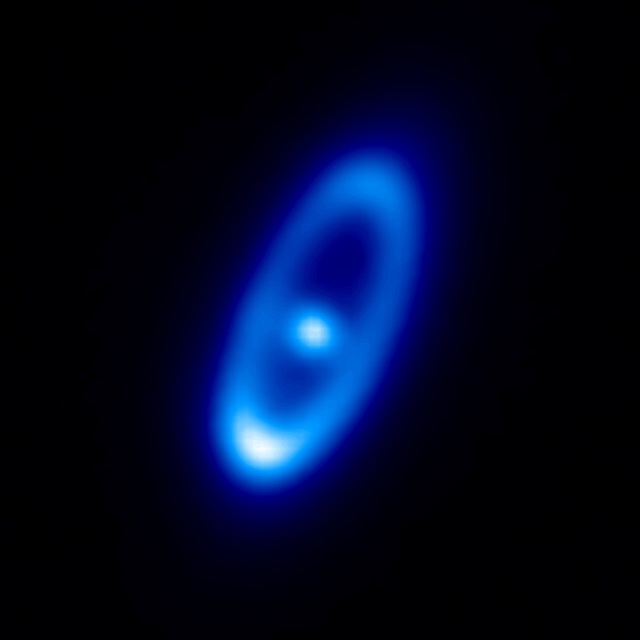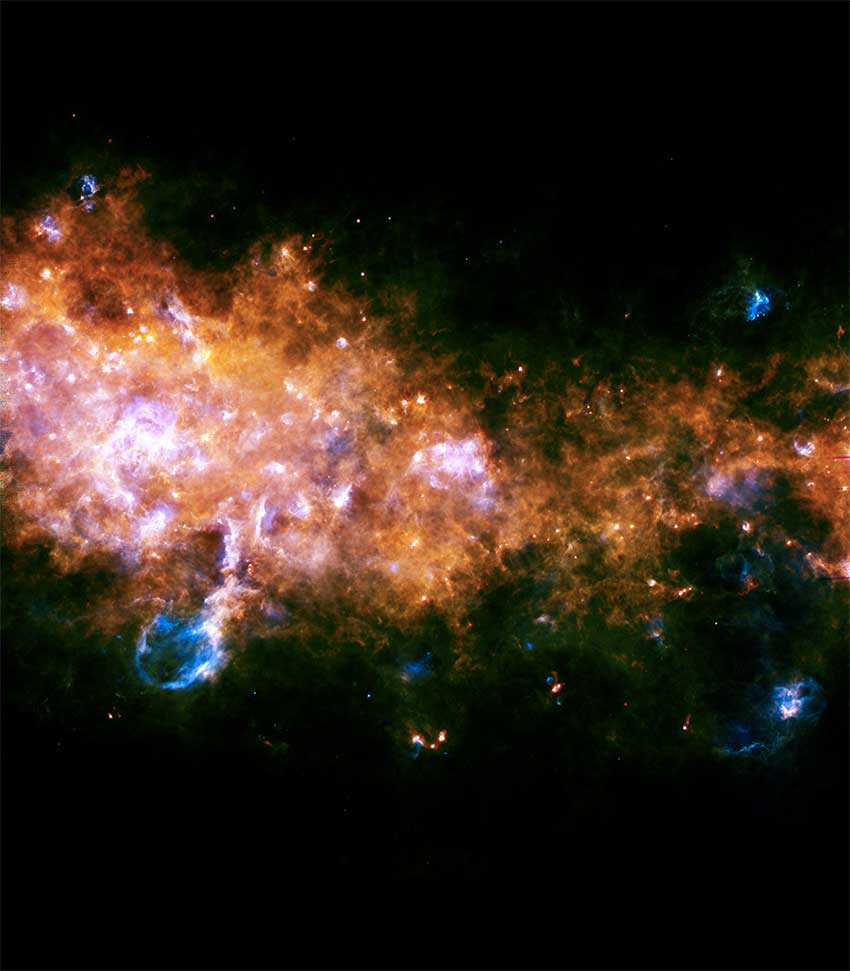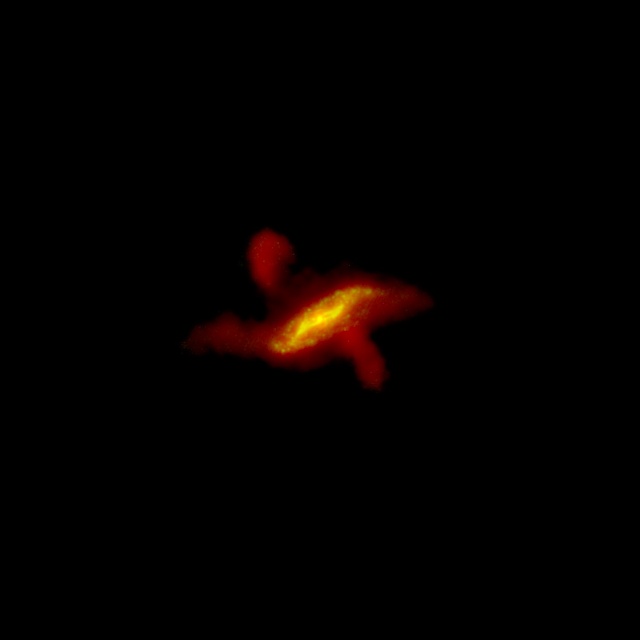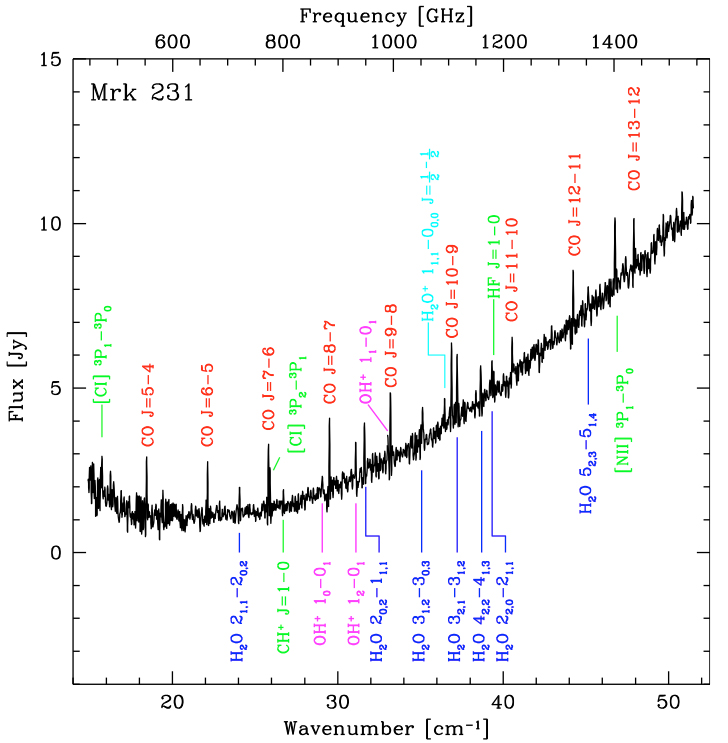The Herschel Space Observatory
Launch: May 14, 2009
Status: Mission completed
The Herschel Space Observatory was the largest most powerful infrared telescope ever flown in space. During its active lifespan, it made over 35,000 observations and logged more than 25,000 hours of studying the Universe, unveiled previously invisible celestial objects, and leading to new insights into the origin and evolution of stars, planets and galaxies.
Through funding from the Canadian Space Agency (CSA), two Canadian teams of astronomers were an integral part of the development and operations of two of the three science instruments on board the European Space Agency's telescope: the Heterodyne Instrument for the Far Infrared (HIFI) and the Spectral and Photometric Imaging Receiver (SPIRE).
Professor Michel Fich of the University of Waterloo is the Principal Investigator for HIFI in Canada, to which Canada contributed a key sub-system (known as the Local Oscillator Source Unit) built by COM DEV, in Cambridge, Ontario. Professor David Naylor of the University of Lethbridge is the Principal Investigator for Canada's contribution to SPIRE. The Canadian Herschel science team consists of scientists from: the University of British Columbia, University of Calgary, Western University, Toronto University, University of Victoria, McMaster University and the National Research Council Canada. A high tech spin-off company, Blue Sky Spectroscopy of Lethbridge, Alberta, was founded as one of three worldwide centres of expertise to process SPIRE's data.
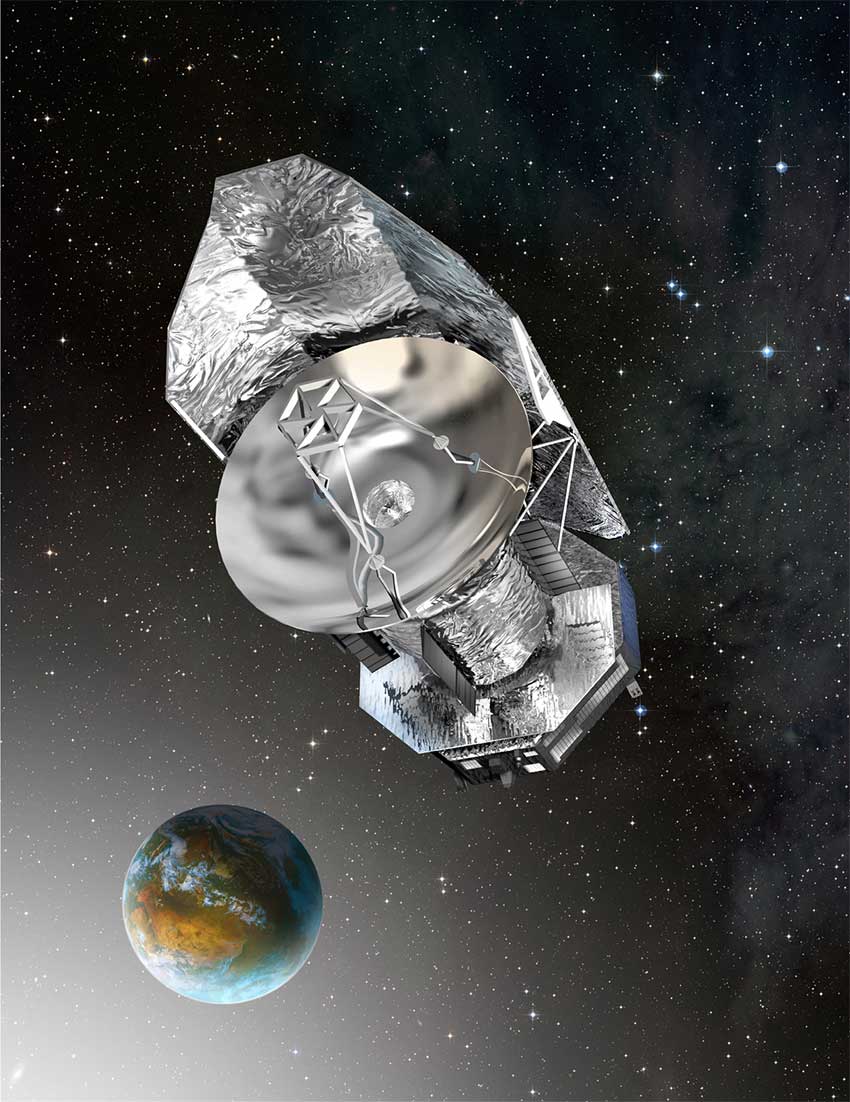
Artistic illustration of the Herschel Space Observatory (Credit: ESA - D. Ducros, 2009)
Canada's contribution
Canada contributed to the Herschel Space Observatory by taking part in the development of two of the three science instruments. For HIFI (Heterodyne Instrument for the Far Infrared), Canada contributed the local oscillator source unit (LSU) which is the device that provides the reference signal required for the instrument to operate properly. For SPIRE (Spectral and Photometric Imaging Receiver), Canada provided the ground-based Fourier transform spectrometer (FTS) used to test and calibrate the instrument, as well as data processing software. SPIRE's wide field of view enabled observations of a vast region of the sky, while HIFI enabled observations of a fixed point in the sky. Canadian scientists flew a prototype of the SPIRE instrument, called BLAST (Balloon-borne Large-Aperture Sub-millimeter Telescope), on a stratospheric balloon, validating instrument performance and spurring development of the data-reduction software.
Professor Michel Fich of the University of Waterloo is the Principal Investigator for HIFI in Canada. Professor David Naylor of the University of Lethbridge is the Principal Investigator for Canada's contribution to SPIRE. COM DEV is the prime contractor for the LSU. With financing from the Canadian Space Agency (CSA), Blue Sky Spectroscopy is one of the project centres of expertise for the SPIRE spectrometer, and has developed Data Processing and Science Analysis Software for the FTS.
Herschel's three on-board instruments
The Herschel Space Observatory was equipped with three instruments to gather and analyze infrared radiation coming from the outer regions of the Universe. The three spectrometers, two of which are connected to cameras, covered different wavelengths and areas of the sky. These instruments were used to separate the basic components of the light spectrum for easier analysis. The European teams for HIFI and SPIRE sought out Canadian expertise in sub-millimetre astronomy (link to the glossary) to improve the performance of these instruments.
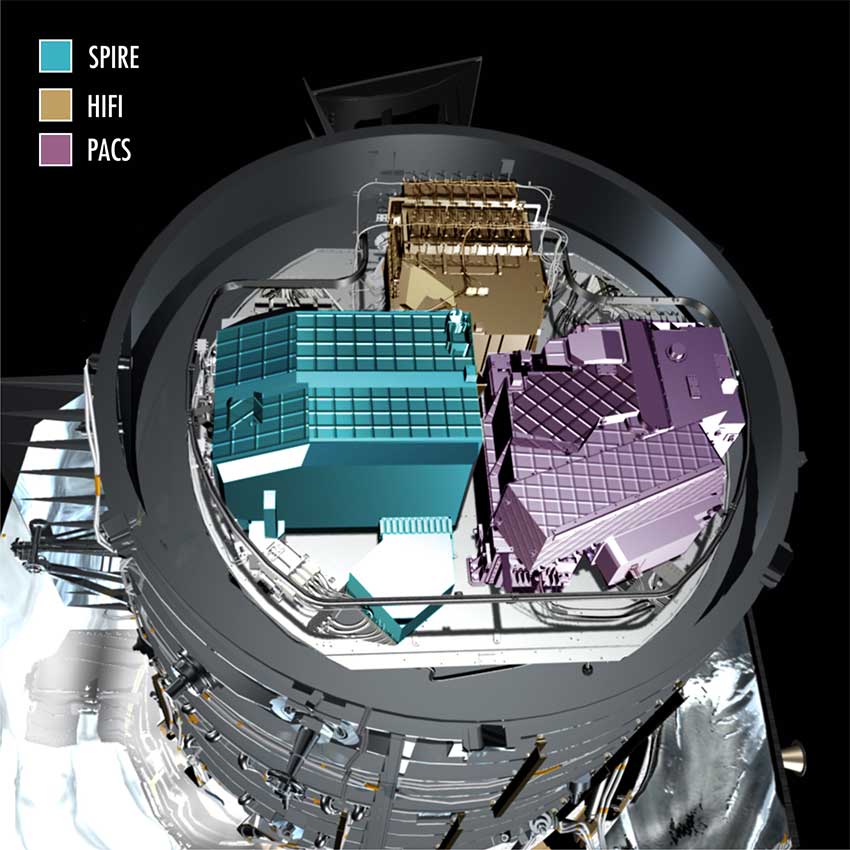
Herschel's three on-board instruments (Credit: ESA)
Heterodyne Instrument for the Far Infrared (HIFI)
HIFI helped advance our understanding of interstellar chemistry with its high spectroscopic resolution and sensitivity. The instrument was designed to detect and analyze emissions from a variety of molecules. It used far-infrared and sub-millimetre wavebands to observe molecules in various chemical processes and astrophysical environments.

Canadian scientists developed the "tuner" for Herschel's HIFI instrument, which will explore the chemistry of our galaxy. (Credit: Michel Fich)
HIFI used a local oscillator to generate the reference signal that is essential for the heterodyne system to work properly. The local oscillator acted like the tuning fork that is used to tune a musical instrument. This was mixed with the signal from the source object, captured by the telescope and transmitted to the HIFI, and the result was a signal frequency much lower than the original and much easier to process with electronic circuits.
Musicians will recognize the heterodyne principle, since it is what they use when they tune their instruments: they listen for the beat frequency. Similarly, AM radio is broadcast at too high a frequency for a human ear to hear. AM radio frequencies are typically at 1000 kHz while humans can only hear at frequencies around 1 kHz. When one tunes their AM radio they are changing the frequency of the local oscillator in the radio, which is mixed with the AM signal. We hear the difference frequency between the radio's oscillator and the AM signal. For HIFI, the reference signal had to be extremely stable and pure. This is where Canada contributed by providing the local oscillator source unit. The unit offered unprecedented precision, stability low-noise, and contained a number of back-up components.
The Principal Investigator for HIFI in Canada is Professor Michel Fich of the University of Waterloo.
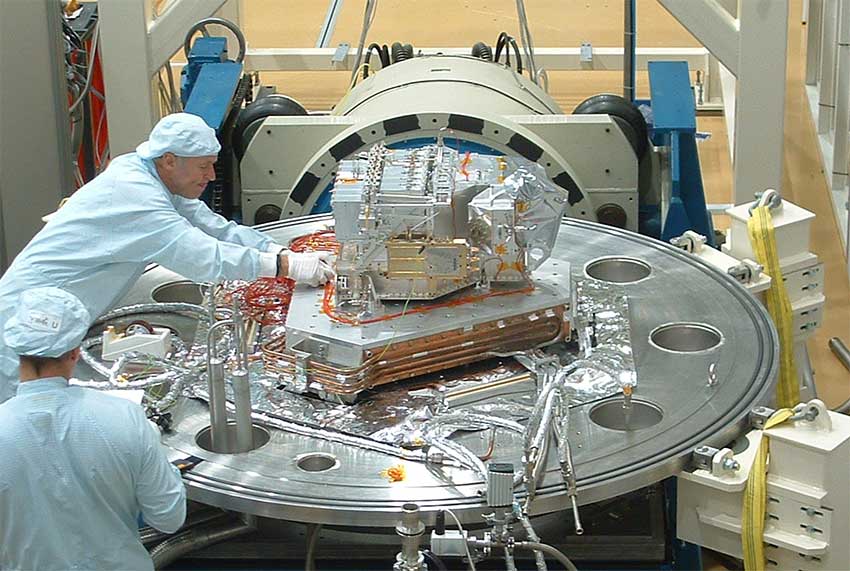
Preparing HIFI for the tests. (Credit: SRON)
Spectral and Photometric Imaging Receiver (SPIRE)
SPIRE investigated galaxy and cosmic structure formation in the early Universe. It studied the earliest stages of star formation that results from the fragmentation and collapse of dense interstellar cloud cores. These huge clouds of dust absorb the ultraviolet light emitted by the stars near them. The heated dust then cools by radiating at infrared wavelengths. To understand all the processes occurring in a galaxy, astronomers need to measure the total energy emitted at all wavelengths.
Since most of the light the early galaxies emit can only be detected at the far-infrared part of the spectrum, SPIRE made spectral and photometric observations at far-infrared and sub-millimetre wavelengths. It measured the flux of the infrared light emitted in several wavelength bands and made large-scale surveys of the sky at a high angular resolution. With this information, scientists will learn more about the spectral energy distribution of stars and galaxies and about how they formed.
Canada contributing data analysis software, personnel for the test teams and a FTS to test instrument models. Canadian scientists also participated in the SPIRE Instrument Control Centre. The University of Lethbridge wrote the software to allow researchers to process the enormous amount of data collected during observations, and transform the raw data into meaningful results such as images and spectra.
The Principal Investigator for SPIRE in Canada is Professor David Naylor at the University of Lethbridge. For more information on SPIRE, visit the Herschel-SPIRE web site at the University of Lethbridge.

The SPIRE instrument (Credit: SPIRE Team)
Photometric Array Camera and Spectrometer (PACS)
PACS was a camera with a low- to medium-resolution spectrometer. This instrument maked it possible to probe a small area of the sky and take photos in three different colours. The Max Planck Institute for Extraterrestrial Physics is leading the consortium for PACS.
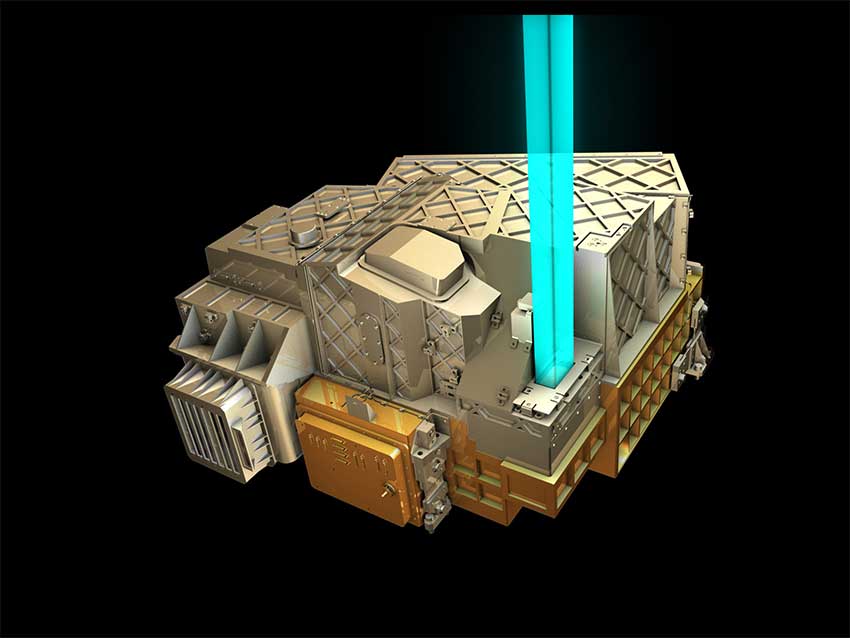
Artist's illustration of the instrument PACS. (Credit: ESA - C. Carreau)
Herschel's science goals
Herschel was equipped with a 3.5-metres mirror, the largest ever made for a space telescope. With its giant eye, Herschel explored so-called stellar nurseries-regions of space where stars are born-to see how they develop. Since the gases inside these molecular clouds are very dense and opaque, it is impossible to peer into them using visible light. Herschel was able to detect very faint infrared radiation to provide astronomers with more information about the stages leading up to the birth of a star.
Herschel explored how the first galaxies formed and evolved into their present state. It investigated how stars are created and their interaction with the interstellar medium. It observed the chemical composition of comets, as well as the atmospheres and surfaces of planets and satellites, and examined the molecular chemistry of the Universe.
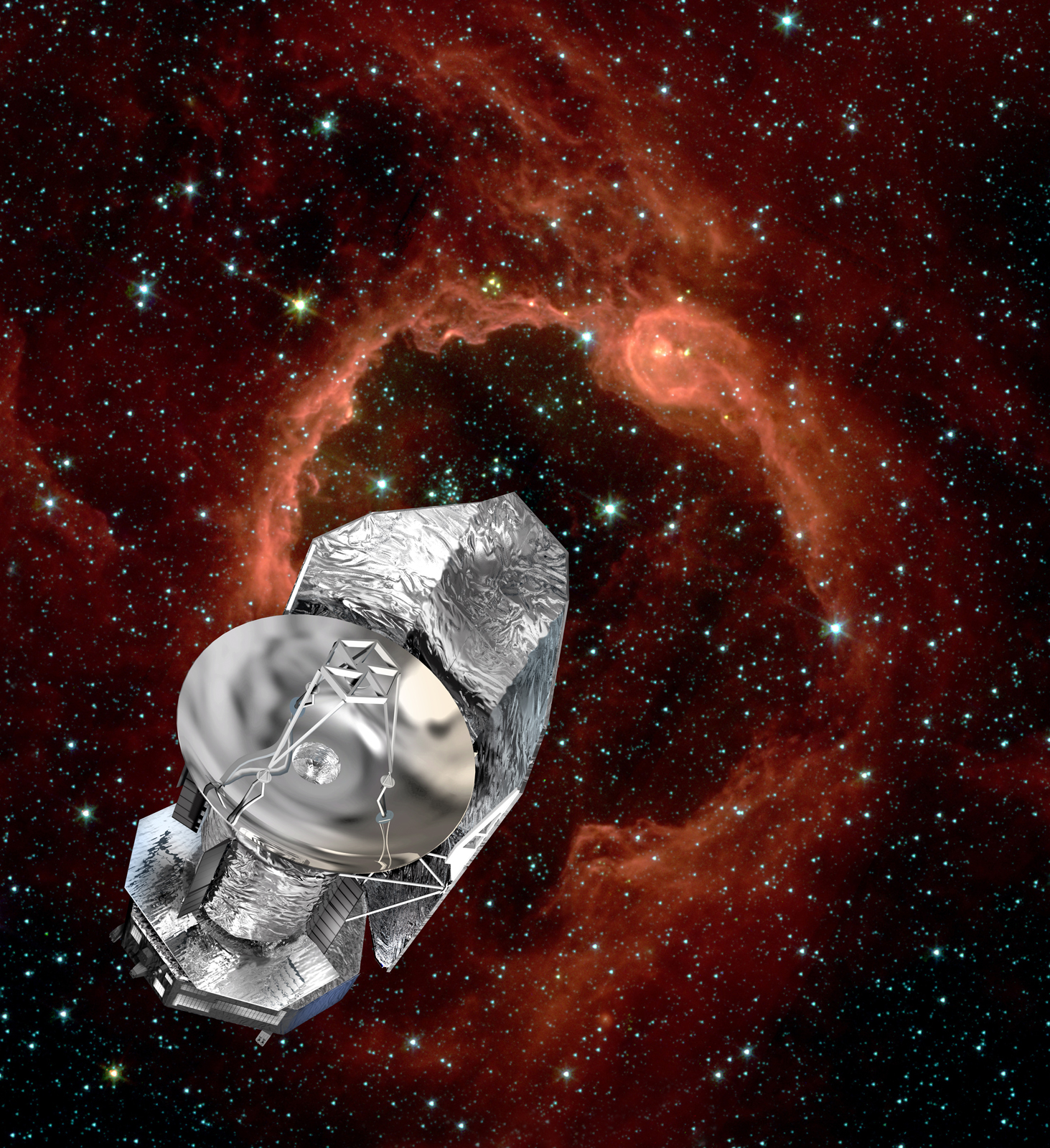
Artist's illustration of the Herschel Space Observatory (Credit: ESA - D. Ducros, 2009)
What is infrared light?
Infrared light is a type of light that is not visible to the naked eye. It is very useful to astronomers because it gives them precious information on the amount of heat produced by an object. That means that scientists have access to information that would otherwise be hidden.


For example, if you look at the following infrared images of the dog and caterpillar, you can see that the dog is a warm-blooded animal (warm colours indicate heat) while the cold-blooded caterpillar is blue next to the warm hand of the person holding it.
Thanks to infrared light, astronomers can investigate stars, galaxies, and other celestial bodies by peaking through dust clouds and other molecules, which would otherwise obstruct their vision.
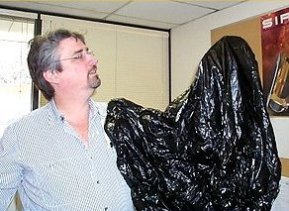
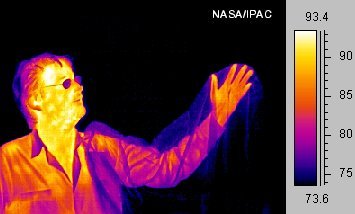
The pictures shown above show the same image seen in visible light (left) and in infrared light (right). The hand of the person is hidden in visible light, but it is revealed with the infrared light.
News
-
Congratulations to the Herschel Space Telescope's SPIRE team on winning the 2013 Sir Arthur Clarke Award for Academic Study and Research! -
Largest Space Telescope Ever Closes its Eyes on the Universe -
Herschel Space Observatory to finish observing soon -
Herschel Space Observatory spots comet massacre around nearby star -
A New View of Centaurus A -
Watery Star Births -
The Herschel Space Observatory Hones in on our Galactic Neighbours and Spies on a Comet -
Updates for the Herschel and Planck missions
